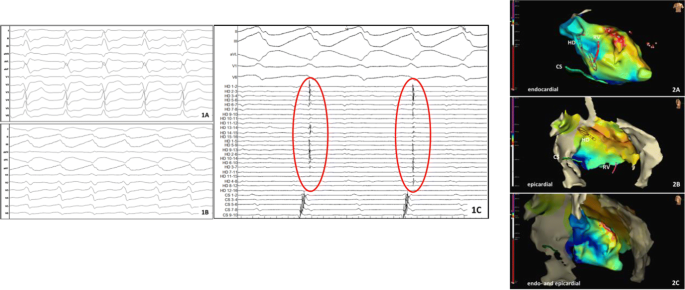
The MedTech Mindset is a monthly column that discusses today’s opportunities in the medical industry. If you do your homework and find the right partner, Japan can be a highly rewarding “planet” worth exploring. Build your product with the highest quality (critical to a Japanese OEM), and let your Japanese partner drive market development. It can be confusing, so be patient and continue to communicate as you collaborate. Japanese companies can be aggressive and slow at the same time. Many companies are looking to expand and will move into adjacent spaces if you provide them the value proposition and opportunity to do so.Ĭreate a market-entry plan with your Japanese partner. Identify Japanese OEM medical companies that have complementary products that can act as distributors. You are likely to succeed in Japan if your product has a healthcare value proposition in the U.S. Understand your market segmentationĪnd do some basic research on the Japanese market. Even better is if you already have FDA clearance and/or a CE mark, as Japanese partners view these regulatory milestones as credibility. Lock up your regulatory pathway in the U.S. Some key observations from our collaboration partners living and working in Japan: How do I enter and thrive in the Japanese medical market segment? With global players such as Omron, Hitachi, Olympus, Terumo, Hoya, Nihon Kohden, Shimadzu, and Toray Medical, Japan OEMs are actively seeking new products to complement their portfolios and meet healthcare initiatives outlined by the government. However, Japanese medical OEMs are actively seeking new products to import into Japan. How did this happen for a country that has a reputation for difficult to penetrate and has its own rules? At the end-user channel, Japan is primarily a domestic market for medical products. Approximately half of Japan’s medical device market consists of imports, creating an opportunity for exporters from the U.S. Japan remains the world’s 3rd largest medical device market – a $27 billion market, according to the World Health Organization (WHO) Organization for Economic Co-operation and Development (OECD) data. So, is it an opportunity worth exploring or a risk worth ignoring?


However, pricing is positive for medical devices and, once established in the market, recurring revenue stability is relatively assured for years to come. Japan’s medical technology business is in its own universe – market entry is difficult, regulatory pathways can take time, and distribution channels are challenging to understand.


 0 kommentar(er)
0 kommentar(er)
